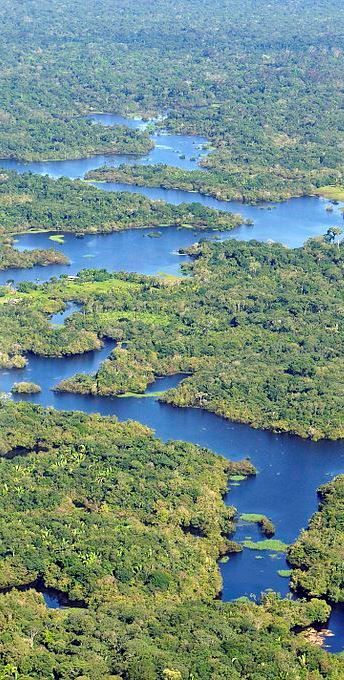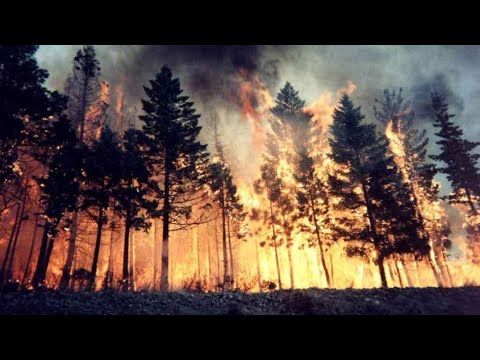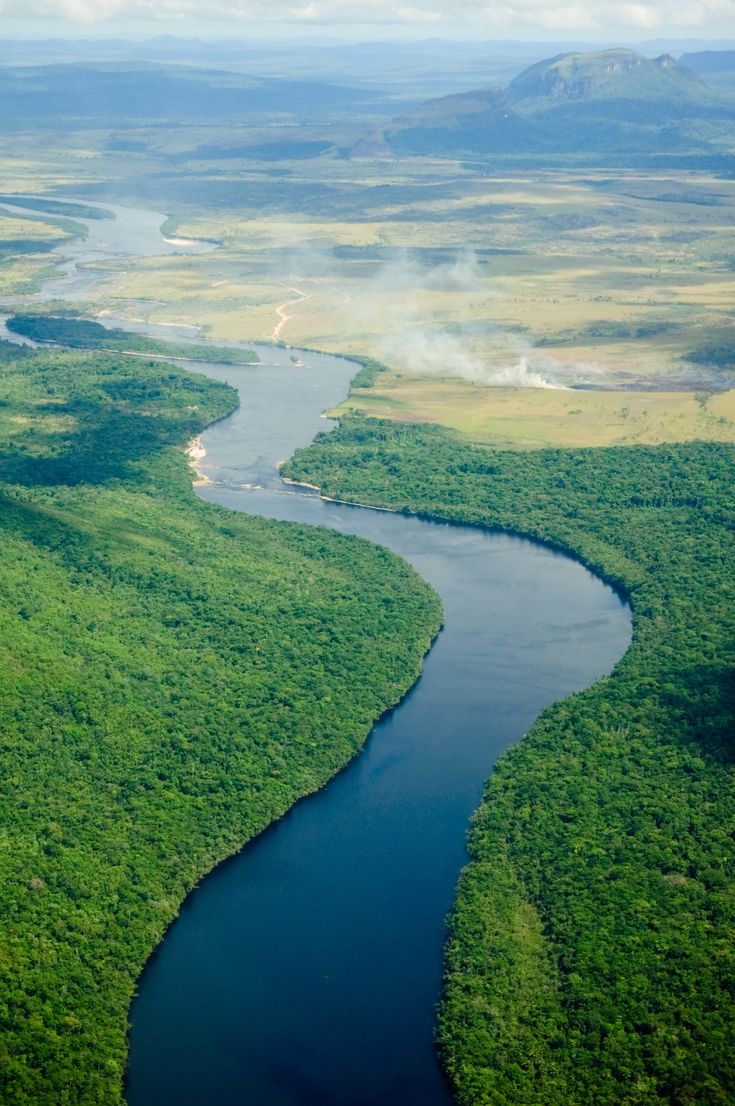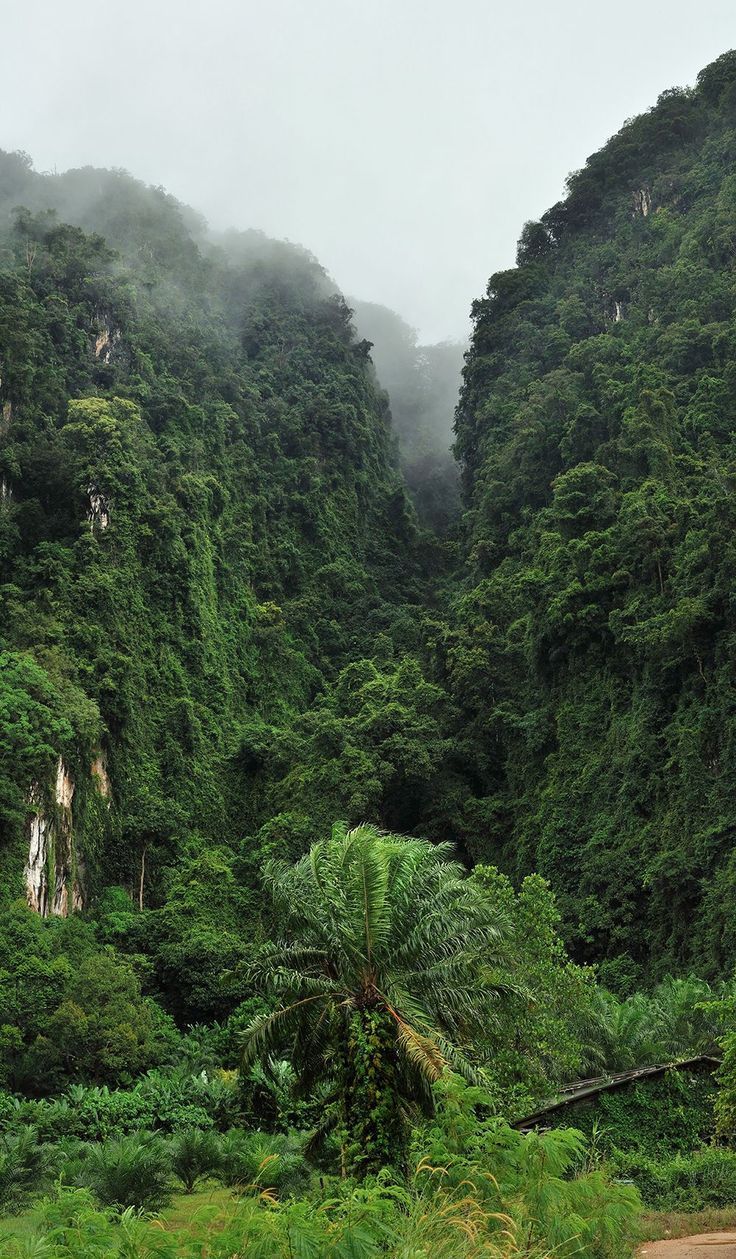Amazon Rainforest: Guardians of Traditional Wisdom and Biodiversity
Indigenous Communities in the Amazon rainforest:
The Amazon Rainforest is not merely an expanse of trees and rivers; it is a living ecosystem intertwined with the diverse cultures of Indigenous communities. Where is amazon rainforest located? This topic delves into the profound relationship between Indigenous peoples and the Amazon rainforest, exploring their pivotal role as stewards of traditional wisdom and biodiversity.
Cultural Significance: Indigenous communities have inhabited the Amazon for millennia, developing unique cultures deeply rooted in their natural surroundings. The rainforest is not merely a resource to them; it is a sacred space intertwined with their identities, spirituality, and traditional practices. The rich tapestry of Indigenous cultures contributes to the cultural diversity that defines the Amazon.
Guardians of Biodiversity: Indigenous peoples are the original stewards of the Amazon’s biodiversity. Their deep knowledge of the rainforest’s flora and fauna, passed down through generations, is unparalleled. This traditional ecological knowledge is a living encyclopedia that guides sustainable resource management, plant medicine, and agricultural practices that coexist harmoniously with the ecosystem.
Challenges to Indigenous Livelihoods: Despite their vital role, Indigenous communities face numerous challenges. Encroachment on their ancestral lands by external actors, often driven by extractive industries, agriculture, and logging, poses a direct threat to their traditional way of life. The commodification of land for economic gains has led to clashes between Indigenous peoples and those seeking to exploit the Amazon’s resources.

Deforestation and Land Displacement: The rapid pace of deforestation in the Amazon directly impacts Indigenous communities. Large-scale clearing of land for agriculture and logging not only disrupts ecosystems but also forces Indigenous peoples off their lands. This displacement not only threatens their livelihoods but also erodes the intricate balance they maintain with nature.
Resilience and Resistance: In the face of these challenges, Indigenous communities have displayed remarkable resilience. Many have actively resisted encroachments on their lands, employing legal avenues, grassroots activism, and international advocacy to protect their territories. The struggle for land rights and environmental justice has become a defining aspect of their fight against external pressures.
Cultural Appropriation and Traditional Knowledge: The exploitation of the Amazon’s resources often involves the appropriation of Indigenous knowledge without proper acknowledgment or compensation. Traditional healing practices, botanical knowledge, and sustainable agricultural methods developed by Indigenous communities are increasingly exploited for commercial gains, further exacerbating the challenges they face.

International Recognition and Support: Efforts to address the challenges faced by Indigenous communities require international recognition and support. Indigenous leaders and advocates have called for the acknowledgment of Indigenous rights, participation in decision-making processes, and the protection of their territories. Strengthening international legal frameworks that safeguard Indigenous rights is essential for ensuring their continued presence in the Amazon rainforest.
Sustainable Partnerships: Building sustainable partnerships between Indigenous communities, governments, NGOs, and the private sector is crucial. Collaborative initiatives that empower Indigenous peoples to manage their lands sustainably, participate in conservation efforts, and benefit from the responsible use of resources can be instrumental in ensuring the Amazon’s long-term health.
Preserving Cultural Heritage: Preserving the cultural heritage of Indigenous communities is as important as conserving the biodiversity of the Amazon. Efforts to protect the rainforest should include measures to safeguard Indigenous languages, traditions, and knowledge systems, recognizing the intrinsic link between cultural diversity and ecological health.
A Shared Future: Ultimately, recognizing and respecting the rights of Indigenous communities in the Amazon is not only a matter of justice but also a key strategy for the sustainable future of the rainforest. Their role as guardians of traditional wisdom and biodiversity is pivotal in shaping a shared future where the Amazon thrives, and humanity coexists harmoniously with nature.
Share this content:




Post Comment